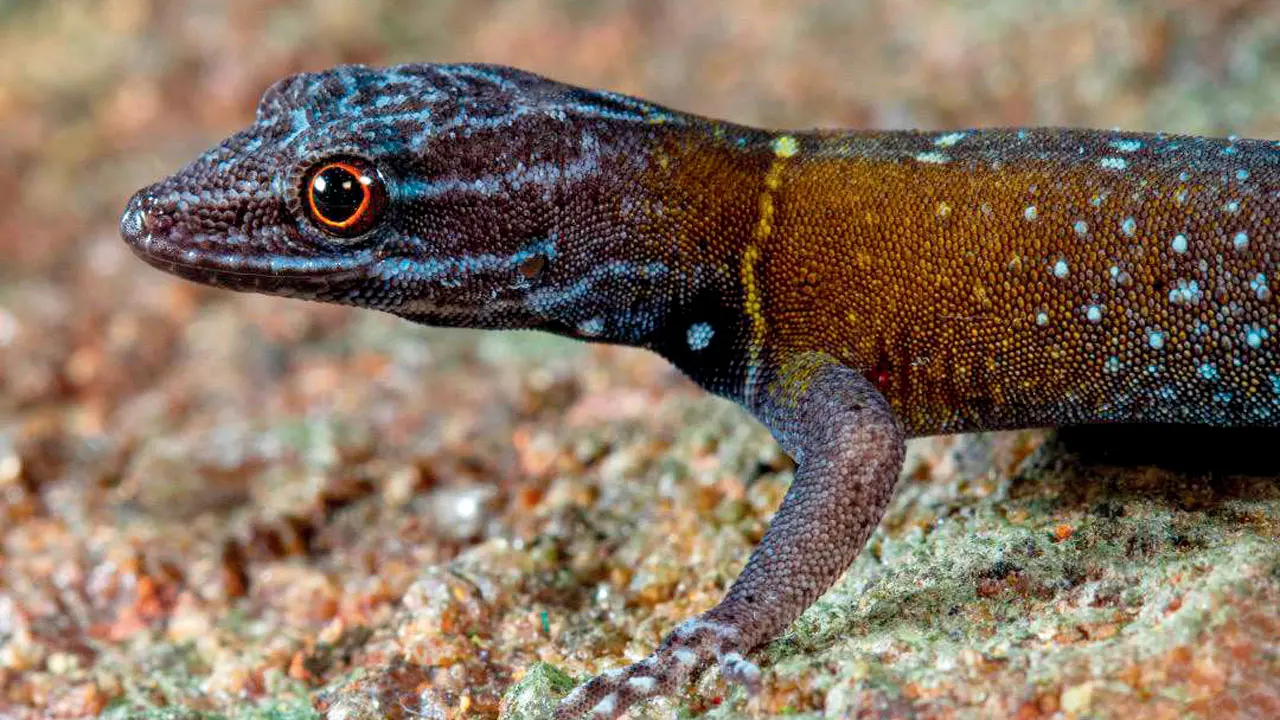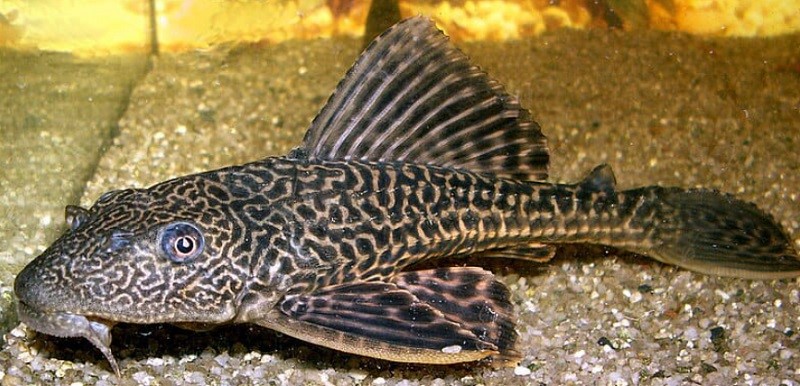|
One Liners 17-02-2025
|
|
Polity & Governance
|
|
Nanha sa Dil
- Launched in – 2024.
- Launched by – Ministry of Coal.
- Corporate Social Responsibility (CSR) – Initiative of Coal India Limited (CIL).
- Objective – To provide life-saving surgeries for children suffering from Congenital Heart Disease (CHD).
- In collaboration with – Sri Sathya Sai Health & Education Trust (SSSHET), leveraging the trust’s expertise in paediatric cardiac surgeries.
|
|
Prime Minister's Yoga Awards
- Awarded on – International Day of Yoga (21st June).
- Awarded for – Exemplary contribution in the field of Yoga towards the development and promotion of Yoga.
- Recognition – Both at the National and International levels.
- Eligibility:
- Minimum age – 40 years.
- Minimum track record – 20 years of service.
- Award – The winners will be felicitated by means of a Trophy, Certificate and a Cash Award.
|
|
Rashtriya Karmayogi Jan Seva Program
- Aim – At capacitating officers across various levels, from Assistant Section Officer to Director/Deputy Secretary.
- Objective – To promote a culture of excellence within the public service and build a more effective, accountable, and transparent administration.
- It is a dynamic and interactive training programme.
- Organized by – Department of Administrative Reforms & Public Grievances (DARPG) and Capacity Building Commission.
- Nodal Ministry – Ministry of Personnel, Public Grievances & Pensions.
|
|
Foreign Relations of India
|
|
India-United States (US) Ties
- Mission 500 – A goal for bilateral trade, to double total bilateral trade to USD 500 billion by 2030.
- Transforming the Relationship Utilizing Strategic Technology (TRUST) – It focuses on semiconductors, quantum computing, and AI, with a commitment to developing an AI infrastructure road map this year (2025).
- It is rebranded from the Biden-era Initiative on Critical and Emerging Technologies (iCET).
- Catalysing Opportunities for Military Partnership, Accelerated Commerce and Technology (COMPACT) – To drive transformative change across key pillars of cooperation between the nations.
|
|
Economy
|
|
Mutual Fund Investment Tracing and Retrieval Assistant (MITRA)
- MITRA – It is a digital platform to assist investors in tracking and reclaiming inactive or unclaimed mutual fund folios.
- Objective – To encourage investors to search for forgotten Mutual Fund (MF) investments and update Know Your Customer (KYC) as per the current norms.
- Launched by – Securities Exchange Board of India (SEBI).
- Developed by – Registrar and Transfer Agent (RTAs).
- Significance – It will lead to reduction in the unclaimed mutual fund folios.
|
|
Unit Holder Protection Committee (UHPC)
- Constituted by – Board of Trustees and Asset Management Company (AMC).
Asset Management Company (AMC) is a SEBI-registered financial institution that pools funds from multiple investors and invests in various financial instruments, such as stocks, bonds, and real estate, to generate returns for the investors.
- Objective – To protect interest of unit holders of Mutual Fund schemes and responsible for reviewing inactive folios along with unclaimed dividends and redemptions.
- Composition – At least 3 directors as members and at least 2/3rd members of the UHPC shall be independent directors of AMC.
|
|
Environment
|
|
Starry Night Gecko (Cnemaspis vangoghi)
- It is a new species of lizard, spotted with blue geckos.
- Found in – Western Ghats of Tamil Nadu.
- It is the only species to be named after Vincent van Gogh, a famous artist who painted an iconic painting “The Starry Night”.
- Habitat – Rocks and trees.
- Behavior – It reach close to 1.4 inches in length and live over 1,300 feet above sea level.
- It is diurnal active during the cooler hours of the day.

|
|
Security
|
|
Exercise Komodo
- It is a multilateral naval exercise by Indonesia.
- Aim – At enhancing maritime interoperability and regional security cooperation.
- Indo-Pacific region – The exercise allows for several exchanges that support multilateral cooperation in the maritime environment across the Indo-Pacific.
- Participation by – INS Mumbai & the P8I aircraft of Indian Navy.
- Indian Navy's participation – It reaffirmation of India's commitment to engage with the regional Navies to maintain Security and Growth for All in the Region (SAGAR).
|
|
Miscellaneous
|
|
International Women’s Conference (IWC)
- Aim – To promote women as agents of peace, development, and ethical leadership.
- Launched in – 2005.
- Hosted by – Art of Living Foundation.
- IWC – It is a bi-annual conference that is hosted in Bengaluru, India.
- Purpose – It draws business, politics, academia, civil society leaders, and grassroots activists who share their insights about the connection between political, economic, and social progress and inner peace.
|
|
Bharat Tex 2025
- It is a mega global event for the largest textile industries.
- Uniqueness – It brings together the entire textile value chain from raw materials to finished products including accessories under one single roof.
- Feature – Over 70 conference sessions, Roundtables, Panel Discussions, and master classes.
|
